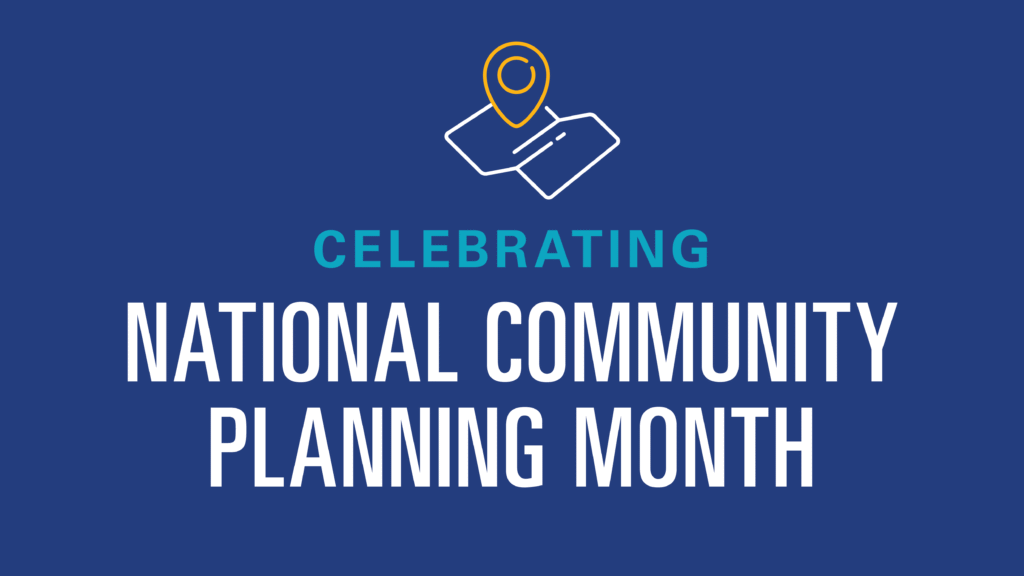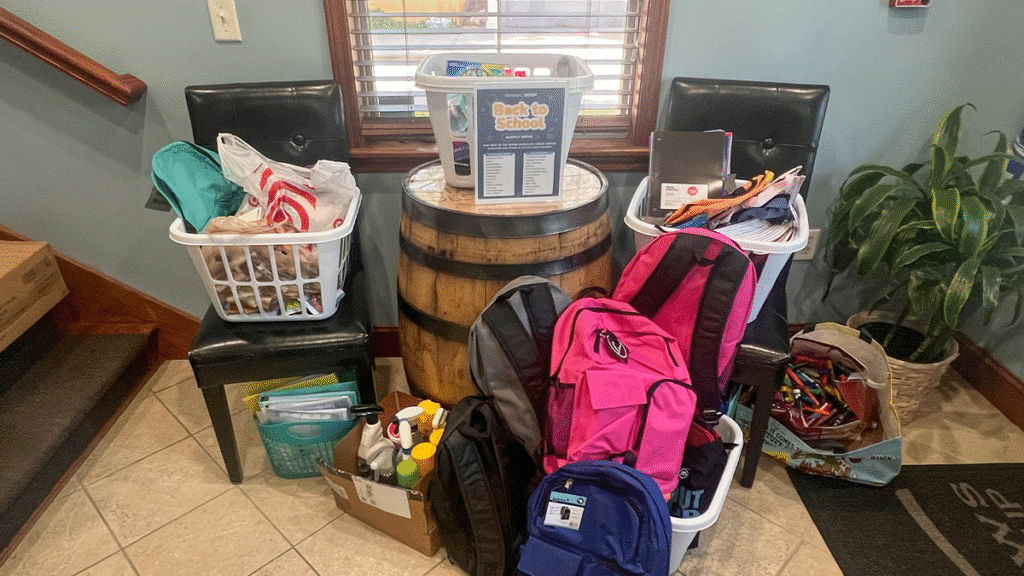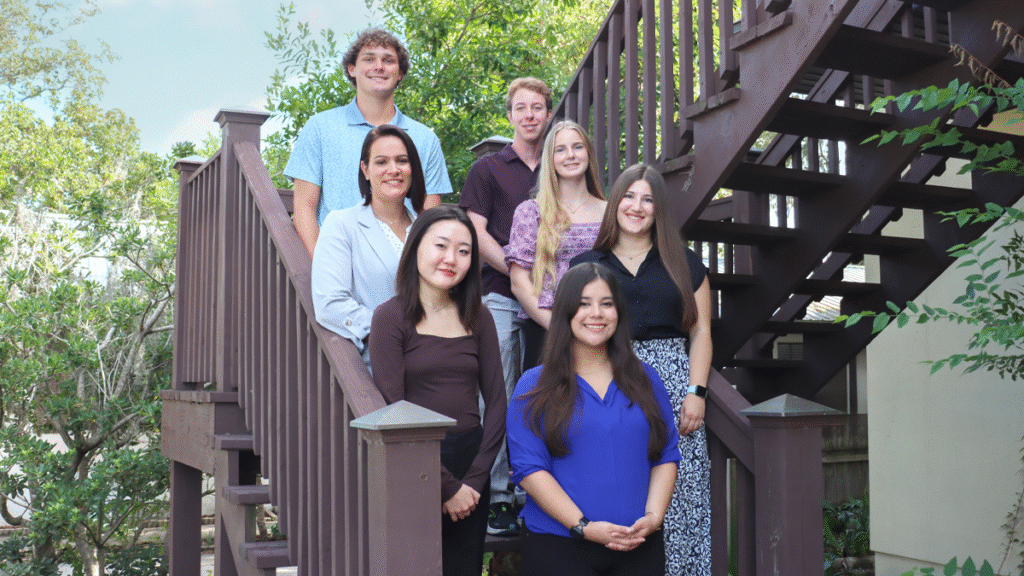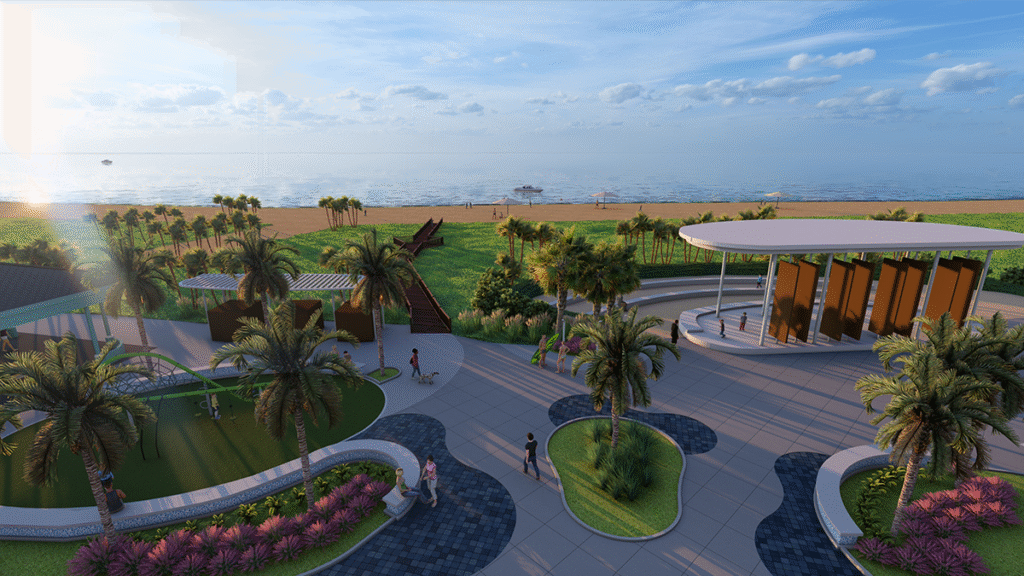International Day for Disaster Risk Reduction 2025: Fund Resilience, Not Disasters
International Day for Disaster Risk Reduction 2025: Fund resilience, not disasters Written by: Kristy Buttermore Observed every year on October 13, the United Nations’ International Day for Disaster Risk Reduction (IDDRR) spotlights practical ways communities can prevent and lessen the impacts of disasters—before they happen. The 2025 theme is fund resilience, not disasters, a call to shift budgets and decisions toward risk reduction and long-term preparedness rather than costly response and recovery. Why this matters in our communities Across Florida and the Southeast, extreme weather and chronic flooding test local infrastructure, strain budgets, and disrupt daily life. Investing in resilient design, maintenance, and operations reduces loss of life and property—and saves money over the long run by avoiding repeated emergency repairs and service interruptions. That’s the heart of this year’s IDDRR campaign How Matthews | DCCM puts the theme into action Our team helps cities, counties, school districts, agencies, and private owners plan and deliver resilience projects that are buildable, fundable, and maintainable from day one. Funding strategy and grants: We support clients in aligning scopes and schedules with competitive programs (e.g., mitigation and resilience funding) and building phased plans that make the most of limited dollars. Risk and vulnerability assessment: We evaluate drainage, stormwater, and critical assets to identify failure points, prioritize fixes, and phase improvements for the highest return on investment. Resilient civil and site design: From conveyance upgrades and flood-hardening to nature-based solutions and green infrastructure, we design to reduce risk and life-cycle cost. Education and campus readiness: For districts and higher-ed, we plan safe access, circulation, and drainage improvements that keep campuses operating through storms and speed recovery afterward. Delivery with discipline: We integrate permitting, utilities coordination, CEI, and QA/QC so projects move efficiently from concept to plans, bids, and ribbon cuttings. What you can do this October Review your capital plan through a resilience lens—prioritize projects that prevent damage and service disruption. Start with data: commission a focused drainage or vulnerability study to rank near-term fixes vs. larger phased solutions. Engage early: coordinate with stakeholders (public works, schools, utilities, emergency management) to align scopes and windows for construction. Plan funding: pair quick wins with grant-ready phases to maximize competitiveness. Let’s build resilience—with purpose This year’s message is simple: every dollar spent reducing risk today avoids many more spent on the next emergency. If you’re exploring a drainage upgrade, campus improvements, corridor safety, or a multi-phase resilience program, our team can help you scope, fund, design, permit, and deliver it. Start a conversation with Matthews | DCCM—let’s fund resilience, not disasters. additional articles October 10, 2025 International Day for Disaster Risk Reduction 2025: Fund Resilience, Not Disasters October 2, 2025 October Is National Community Planning Month September 11, 2025 Celebrating Growth from Within: Brynna Bartlett Promoted to Project Manager August 15, 2025 Back to School Drive Success: Supporting Local Youth at Port in the Storm August 6, 2025 Celebrating Professional Engineers Day Facebook Linkedin Envelope









